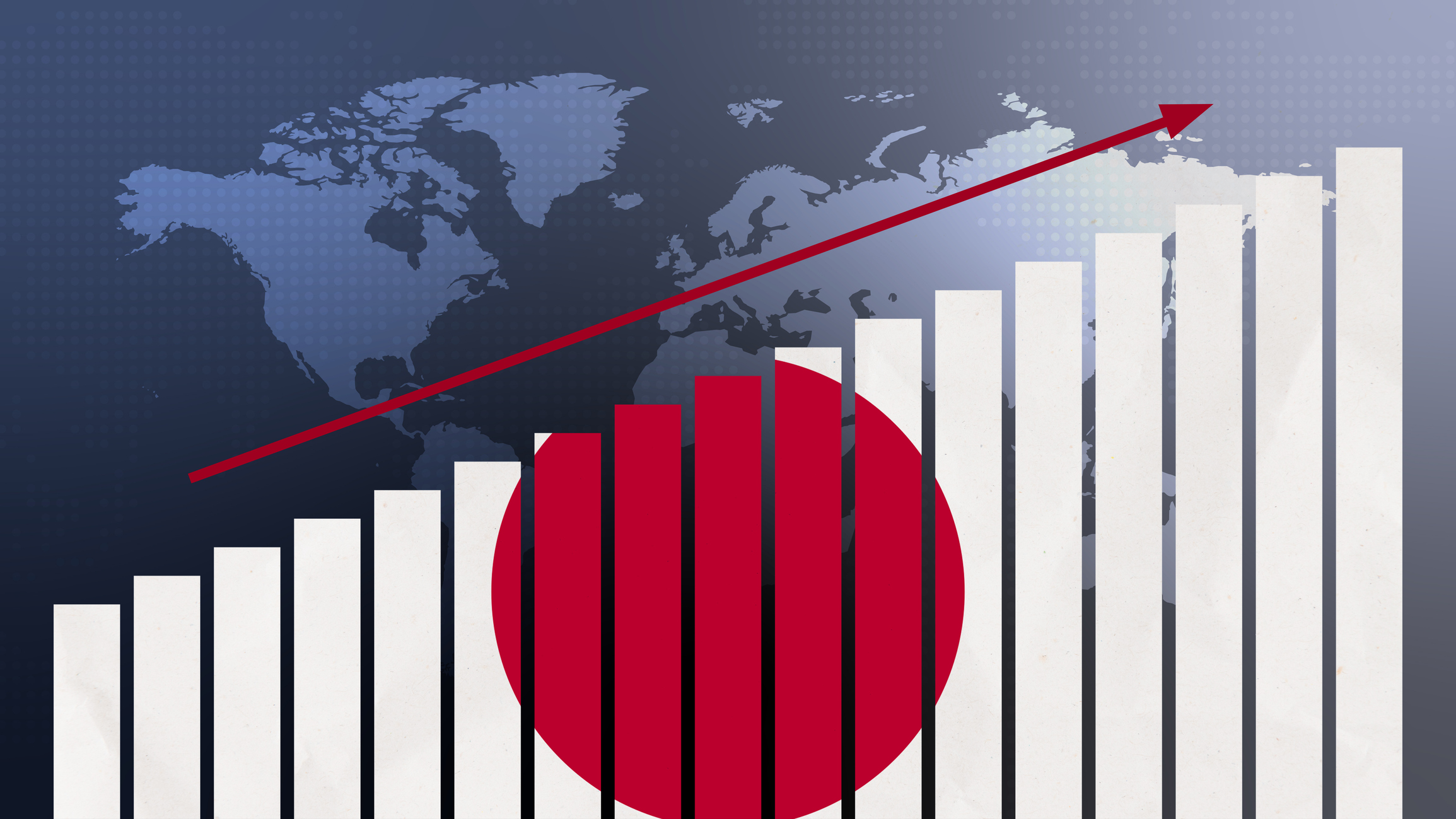Tech Solutions for Water Shortages
New water management, treatment and conservation methods will bolster water supplies and save money.
Mindful of potentially catastrophic water shortages in the next few years, public and private sector entities are hurrying to mitigate the consequences for people, farming, manufacturing and construction, as well as the political impact.
It’s not just a problem for perennially parched areas. By 2015 or so, 36 states and scores of cities will have trouble meeting daily freshwater needs. Metropolitan Boston, hardly a desert, is so chronically short of freshwater, it’s building a second water desalination plant even as the first is just starting production.
The whole world is getting thirstier in the face of global population growth and rising standards of living that boost demand for food, cars and better housing, among other things. Within about 20 years, China, India, South Africa and Brazil will account for 40% of the world’s water use, and unlike fossil fuels, water has no potential substitute.

Sign up for Kiplinger’s Free E-Newsletters
Profit and prosper with the best of expert advice on investing, taxes, retirement, personal finance and more - straight to your e-mail.
Profit and prosper with the best of expert advice - straight to your e-mail.
Investment in water technology and innovation plus conservation are key to more efficient use of water. Several firms are working on a variety of solutions.
In the realm of water management, IBM’s Project Big Green is creating smart water grids with sensors to monitor consumption and watersheds. It also keeps tabs on pipes and other infrastructure to detect leaks and avert water main breaks. The technology promises to save water systems a lot of money -- it would cost about $350 billion to replace all of the nation’s leaky pipes.
“The system would see a huge improvement at fairly low cost because suppliers would get better at figuring out which pipes are most likely to break,” says Laura Shenkar, the principal of The Artemis Project, a company that advises firms on water use strategies.
Companies working to develop similar grid systems include SAP, a German software developer, and Aqleo, a start-up high-tech water management company in Bethesda, Md. TaKaDu, a start-up based in Israel, is rolling out a system that it says will predict when a small leak is about to rupture pipes. And Itron of Liberty Lake, Wash., is developing a meter to let suppliers judge consumption needs second by second and make consumers aware of how much water they’re using and its cost.
Getting a grip on water flow is paramount, since waterworks leak like sieves, with 40% of supplies dribbling away. In Illinois, the worst of the 50 states, about two-thirds of the water that leaves treatment plants never gets to faucets.
In wastewater treatment, the new emphasis is on recycling water on-site, at factories, office buildings, retail developments and other commercial facilities, rather than at huge water complexes run by cities and private firms. Systems being developed by Luxembourg’s Epuramat and Israel’s AqWise will convert nearly 100% of a factory’s wastewater on-site while slashing the energy needed to purify and transport water by as much as 80%. To prevent groundwater contamination, Veolia Water Solutions & Technologies of France is working on a way to remove metals and acids from industrial waste. Within a few years, look for the extraction of lithium from wastewater for use in car batteries.
Conservation innovations are also in the works. For example, HydroPoint Data Systems has a smart irrigation system for Santa Clarita, Calif. Sprinklers in parks, medians and so on will operate based on soil moisture readings, reducing the city’s water consumption by 40%.
Archer Daniels Midland, John Deere and Cargill are developing similar systems for farmers. Meanwhile, Monsanto, a leading seed producer, is developing crops that need less water than conventional ones plus crops that grow in brackish water. Another, Syngenta, is devising corn and wheat strains that need just sips of water.
Entrepreneurs are also pushing the envelope on seawater desalination. NanoH2O’s new technologies, for example, likely will boost water production by 70% and cut the cost of energy needed to make each gallon. Desalinated seawater is now 7% of the world’s daily supply, and the share will grow as costs drop.
Get Kiplinger Today newsletter — free
Profit and prosper with the best of Kiplinger's advice on investing, taxes, retirement, personal finance and much more. Delivered daily. Enter your email in the box and click Sign Me Up.
-
 Stock Market Today: Stocks Gain on Tech, Auto Tariff Talk
Stock Market Today: Stocks Gain on Tech, Auto Tariff TalkThe Trump administration said late Friday that it will temporarily halt tariffs on some Chinese tech imports.
By Karee Venema
-
 Sam's Club Plans Aggressive Expansion: Discover Its New Locations
Sam's Club Plans Aggressive Expansion: Discover Its New LocationsSam's Club expansion plans will open up to 15 new stores each year. Learn where they plan to open in 2025.
By Sean Jackson
-
 What DOGE is Doing Now
What DOGE is Doing NowThe Kiplinger Letter As Musk's DOGE pursues its ambitious agenda, uncertainty and legal challenges are mounting — causing frustration for Trump.
By Matthew Housiaux
-
 A Move Away From Free Trade
A Move Away From Free TradeThe Letter President Trump says long-term gain will be worth short-term pain, but the pain could be significant this year.
By David Payne
-
 Trump’s Whirlwind Month of Crypto Moves
Trump’s Whirlwind Month of Crypto MovesThe Kiplinger Letter The Trump administration wants to strengthen U.S. leadership in the cryptocurrency industry by providing regulatory clarity.
By Rodrigo Sermeño
-
 What Could Derail the Economy This Year?
What Could Derail the Economy This Year?The Letter While the outlook for the U.S. economy is mostly favorable, there are plenty of risks that bear watching.
By David Payne
-
 Three Ways President Trump Could Impact the Economy
Three Ways President Trump Could Impact the EconomyThe Letter Some of Trump's top priorities could boost economic growth, but others risk fueling inflation.
By David Payne
-
 Europe Faces Economic and Political Headwinds Next Year
Europe Faces Economic and Political Headwinds Next YearThe Letter Challenges for Europe: Potential tariffs, high energy prices and more competition from China will weigh on the bloc in 2025.
By Rodrigo Sermeño
-
 Don't Sleep on Japan's Economic Transformation
Don't Sleep on Japan's Economic TransformationThe Letter After almost three lost decades, Japan — one of the world's biggest economies — is finally showing signs of life.
By Rodrigo Sermeño
-
 Start-ups Trying to (Profitably) Solve the World’s Hardest Problems
Start-ups Trying to (Profitably) Solve the World’s Hardest ProblemsThe Letter More investors are interested in companies working on breakthrough science to tackle huge societal challenges. The field of deep tech has major tailwinds, too.
By John Miley